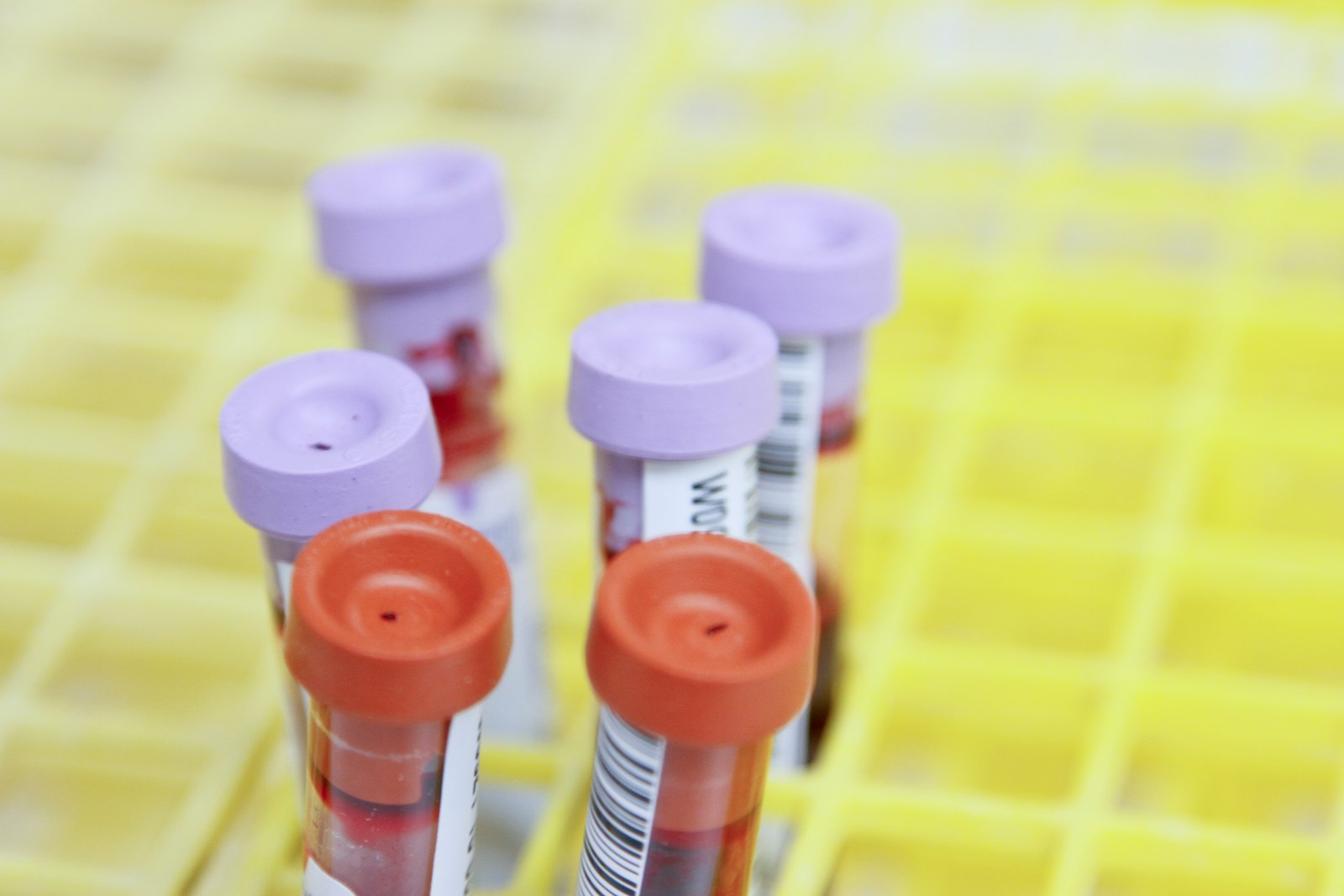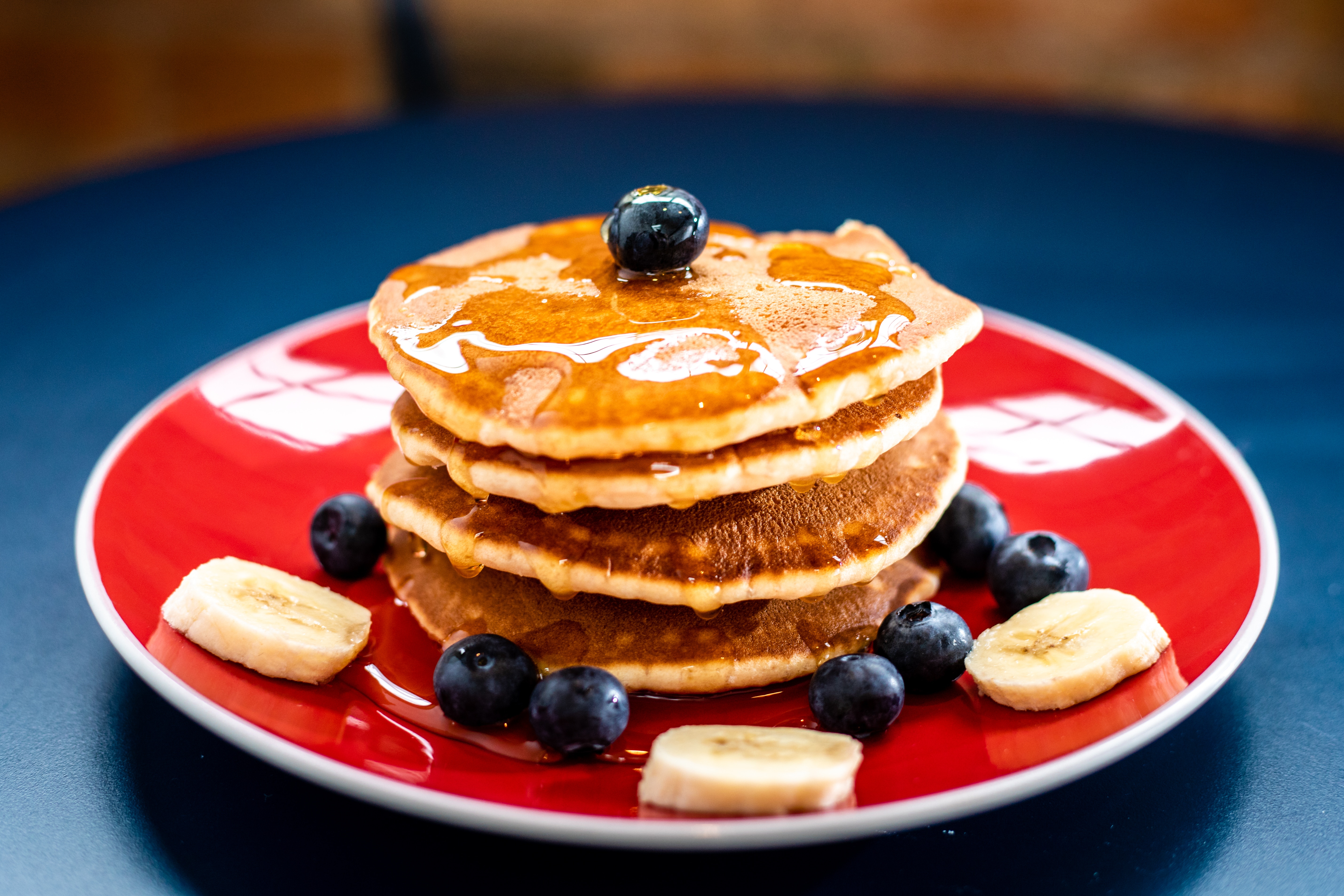Gut Health, Inflammation, and How to Improve Your Microbiome

Whether you are a seasoned athlete or fitness enthusiast seeking to attain a work/life balance, at the end of the day, we all strive for health, happiness, and longevity. And to that end, establishing and maintaining healthy habits is a great start. However, we may not realize that some habits repeated over time lead to accumulated inflammation and poor gut health.
Acute (short-term) inflammation is part of our body’s natural healing process and is a good thing. However, underlying chronic (long-term) inflammation has been shown to be detrimental to your health.
Recently, there’s been a lot of buzz in the scientific community recognizing gut function, inflammation and its profound influence on our overall health and well-being. The gut, or digestive system, is a long twisting tunnel from the mouth to anus, including the gut microbiome.
The gut microbiome is the largest group of microbes in the body. It includes bacteria, viruses, and fungi. The gut microbiome assists with many essential functions including:
- keeping potentially harmful gut microbes in check
- breaking down fiber and other nondigestible carbohydrates
- manufacturing certain vitamins and enzymes.
Microbial diversity
The more diverse the gut microbiome, the healthier and more resilient the gut. A less diverse microbiome is an unhealthy gut. Improving the health of your gut isn’t about getting rid of “harmful” microbes. It’s about cultivating a balance of microbes that are diverse in species across each group.
Poor gut health leads to inflammation. It is also linked to a host of chronic health issues such as: autoimmune conditions, inflammatory bowel disease, atherosclerosis, allergies, weight gain and metabolic disorders, mental clarity, diabetes, emotional well-being, and low energy levels.
So, what do gut microbes do for me?
A few of the most important roles of gut microbes are:
- maintaining the integrity of the gut barrier
- providing nutrients and essential vitamins
- protecting against pathogens
- regulating the immune system, the inflammatory response, and appetite.
How do I improve my internal and gut health?
Clean up the diet
The saying, “you are what you eat,” turns out to be true. Following a typical western diet high in processed foods, fat, and sugar and low in fiber destroys microbial diversity. Also, eating a diet that eliminates certain food groups (absent of a health condition) prevents you from getting the nutrients you need for optimal health. Furthermore, it can damage and change the composition of your gut microbiome, causing an inability to break down nutrients properly. Researchers show that diets low in complex carbohydrates and high in simple sugars result in the loss of gut microbial diversity.
This eating pattern, continued through generations, leads to the extinction of specific bacterial groups needed to break down complex carbs.
It’s best to include a variety of foods and food groups in meals and snacks. Build your plate with a combination of carbs, protein, and fat. Aim for 20-30g of fiber/day from vegetables, fruit, legumes, and whole grains.
Glucose is the fuel that the body converts from carbohydrates. Think of carbohydrates as the energy source for the muscles and the brain.
-Best sources: fruit, sweet potatoes, potatoes, winter squash, peas, summer corn, lentils, beans brown rice, rolled oats and whole grains.
Dietary proteins are broken down into amino acid building blocks and are essential for building and repairing muscles, red blood cells, hair, and skin. Protein supports immune function and hormone synthesis.
-Best sources: fish, eggs, dairy, soybeans, venison, chicken and game.
Fat is an important energy source for prolonged exercise. Fat is also essential for insulation, assists in transporting fat-soluble vitamins, and helps regulate hormones.
-Best sources: olive oil, olives, avocado, butter, nuts, seeds, fatty fish (salmon, mackerel, herring, tuna, sardines), walnuts, chia seeds, and flaxseeds
Drink more water
Hydration supports healthy digestion. On average, most people get about 80% of their fluid intake from drinking water and other beverages. The other 20% comes from food sources. Shoot for 16 ounces of water with meals, 8 ounces with snacks and 20-24 ounces/hour of exercise.
Antioxidants such as flavonoids are widely known for immune system regulation, antioxidant, and anti-inflammatory properties.
Dark chocolate, such as Cocoa Elite, contains one of the highest flavanol contents. Research suggests that regular dark chocolate consumption lowers blood pressure, LDL cholesterol, and insulin resistance, and improves vascular elasticity and blood circulation.
Additional sources rich in antioxidants include blueberries, red grapes, raspberries, strawberries, nuts, broccoli, spinach, kale, sweet potatoes, beans, fish, black and green tea, and red wine.
Social cues and learned behaviors influence eating habits. The variety of foods, amount, and meal frequency paired with the rate at which we eat and the length of time given for digestion are all factors contributing to gut function. Scarfing down your breakfast on the drive to work isn’t ideal, nor is a big dinner right before bedtime.
Mindfulness
It should come as no surprise that stress plays a key role in gut health. Just like your brain, your gut is part of the nervous system. And because the brain and gut are in constant communication, your emotional highs and lows, or “butterflies in the stomach,” play a significant role in your gut function. Stress especially wreaks havoc on some gut disorders like IBS, which affects 7-10% of the population worldwide. During high stress times, the digestive system slows or shuts down. This compromises gut defenses against pathogens and increases susceptibility to inflammation.
To maintain healthy gut function, it’s important to create a healthy emotional balance.
The use of antibiotics, while necessary to treat and prevent some infections, can be destructive to microbial diversity. Antibiotics aren’t able to distinguish between good and bad bacteria. Thus, antibiotics often eliminate the good bacteria with the bad. Eating yogurt, fermented foods, foods high in vitamin K (kale, spinach, collards, Swiss chard, parsley, and Brussel sprouts), and high fiber foods can stimulate the growth of beneficial bacteria.
Stay active
As an athlete, you know all too well that exercise makes you feel better, but it also improves internal health. For starters, consistent exercise helps keep you regular. Secondly, daily fitness keeps sickness at bay. The majority of our immune system lives in the gut, and consistent exercise improves gut health, which in turn improves the immune system. Third, in as short as six weeks’ time, a steady fitness regimen will improve the microbiome.
On the flip side, use it or lose it. If you sit on the couch for six weeks, gut health improvements will be negated. And, if you are a time-starved athlete juggling training, family, job, etc, remember consistency always trumps duration and is critical to building and maintaining internal and external fitness.
However, overtraining or excessive exercise without adequate recovery leads to inflammation and compromises gut integrity and function.
Strike a balance
Being healthy requires a multidisciplinary lifestyle approach, not just focusing on one area of your life – but all the areas. We need to get at least eight hours of sleep, drink plenty of water, eat a well-balanced diet, practice mindfulness and mitigate the buildup of stress, maintain a healthy gut microbiome, and train smart by allowing adequate recovery.









